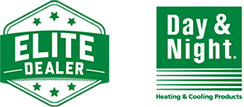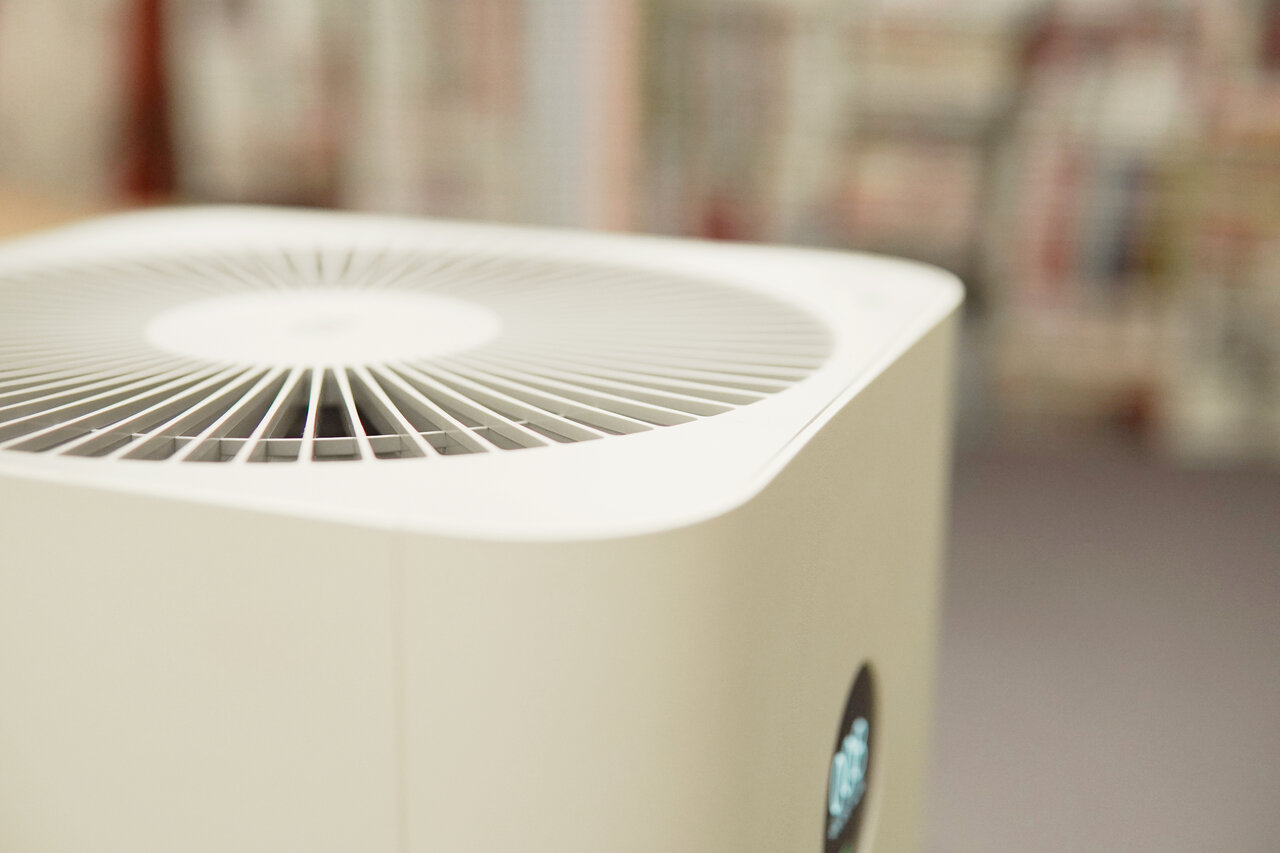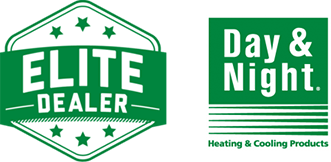Indoor air quality in multi-family residences presents unique challenges that demand specialized solutions. In apartment complexes, where multiple families share linked air ventilation systems, the risk of circulating pollutants, allergens, and other airborne contaminants is significantly higher than in single-family homes. Ensuring that the air quality is maintained is not only crucial for the comfort of the residents but also essential for their health.
At our company, we understand the complexities associated with improving and maintaining the indoor air quality in such settings. Our approach combines the latest in air purification and ventilation technologies tailored to address the needs of multi-family residences. By selecting and installing the right systems and ensuring they are maintained effectively, we help create healthier living environments. This commitment not only enhances resident satisfaction but also contributes to the overall wellness of each individual residing in these communities.
Understanding the Unique Air Quality Challenges in Multi-Family Residences
Indoor air quality management in multi-family residences entails addressing specific challenges that are less prevalent in single-family homes. These challenges stem primarily from higher density living where individual units share common ventilation pathways. This setup can lead to the rapid spread of odors, smoke, chemicals, and microorganisms like mold spores and viruses from one unit to another. Additionally, larger numbers of people and pets in a confined space can enhance the production of pollutants such as dander, dust, and volatile organic compounds (VOCs).
Our professionals recognize these unique factors and the need for a specialized approach to manage them effectively. Understanding that each building has its architectural and inhabitant-based nuances, we carefully analyze the building layout, existing HVAC systems, and resident lifestyle factors. Our aim is to develop a custom plan that not only improves air quality but also enhances energy efficiency and resident comfort. This holistic approach ensures that we address specific air quality challenges faced by tenants and property managers alike, promoting a healthier living environment for all residents.
Top Ventilation Techniques to Improve Air Quality in Apartment Complexes
To combat the air quality issues prevalent in apartment complexes, we employ several top-tier ventilation techniques that ensure effective circulation and purification of indoor air. One of the primary techniques is the installation of energy recovery ventilators (ERV) and heat recovery ventilators (HRV). These systems are adept at conserving energy while exchanging stale indoor air with fresh outdoor air, significantly reducing the levels of indoor pollutants.
Another key technique involves the strategic use of exhaust fans in high moisture and pollutant generation areas such as kitchens and bathrooms. These fans are vital in preventing the spread of humidity and odors throughout the building, which can contribute to mold growth and discomfort. Additionally, we enhance the air distribution by adjusting and improving ductwork, ensuring that clean, filtered air reaches all corners of the living space.
We also integrate smart thermostats and advanced HVAC filters, including HEPA and media air cleaners, which play crucial roles in managing the indoor climate and filtering out airborne particles effectively. By combining these advanced techniques, we ensure that the ventilation system in your apartment complex is not only robust but also smartly adapted to the unique needs of a multi-family residence, leading to sustained improvements in air quality and tenant satisfaction.
Selecting the Right Air Purification Systems for Multi-Family Settings
Choosing an air purification system for multi-family residences requires careful consideration of several key factors to ensure that all residents benefit from cleaner air. One essential aspect is the system’s capacity to handle a large volume of air efficiently. Multi-family buildings, due to their size and complexity, often have diverse and heavy air quality needs that smaller, residential-sized purifiers may not meet.
When our professionals select a purification system, we focus on technologies that provide broad-spectrum efficiency. Hybrid systems that combine HEPA filters for particulate removal and activated carbon filters for odor and gas absorption are particularly beneficial in these environments. Additionally, considering systems that incorporate UV light technology can provide an extra layer of protection against airborne pathogens, a significant concern in densely populated buildings.
By integrating such comprehensive systems, we address the unique air quality challenges that arise in multi-family settings, aiming for a solution that maintains a consistent level of air cleanliness across all units and common spaces.
Routine Maintenance Tips for Sustaining Optimal Indoor Air Quality
Maintaining optimal air quality in multi-family residences involves more than installing the right air purification system; it requires regular upkeep and knowledgeable handling. Here are practical tips for routine maintenance that can help ensure these systems continue to operate efficiently and effectively:
- Regular Filter Replacement: Filters are the first line of defense against pollutants. We encourage scheduling regular filter checks and replacements to prevent airflow blockages and maintain the system’s efficiency. Depending on the usage frequency and pollutant levels, filters should be replaced accordingly to manufacturer recommendations or sooner.
- System Inspections: Periodic inspections by our skilled technicians can help catch and resolve any potential issues before they develop into significant problems. These inspections can assess system performance, verify the integrity of seals and ducts, and ensure that all components are functioning correctly.
- Educating Residents: Empowering residents with knowledge about basic air purifier maintenance, such as vacuuming external vents and avoiding obstructions around intake and exhaust areas, can significantly improve the overall effectiveness of the building’s air purification strategy.
Utilizing these maintenance strategies will extend the life of air purification systems and contribute to consistently good air quality, enhancing the health and comfort of all residents.
Conclusion
Optimizing indoor air quality in multi-family residences is both a significant challenge and a critical necessity. By carefully selecting appropriate air purification systems and adhering to disciplined maintenance routines, we help ensure that these environments become safer and more pleasant for every resident. Our commitment is to provide top-quality services and solutions tailored to meet and exceed the expectations associated with multi-family residential air quality needs.
To learn more about how we can help improve and maintain the air quality in your multi-family residence, contact us at Monster Air & Mechanical LLC. Our team of experts is ready to provide you with tailored indoor air quality services in Chandler, AZ, that ensure your air is clean, fresh, and healthy!





